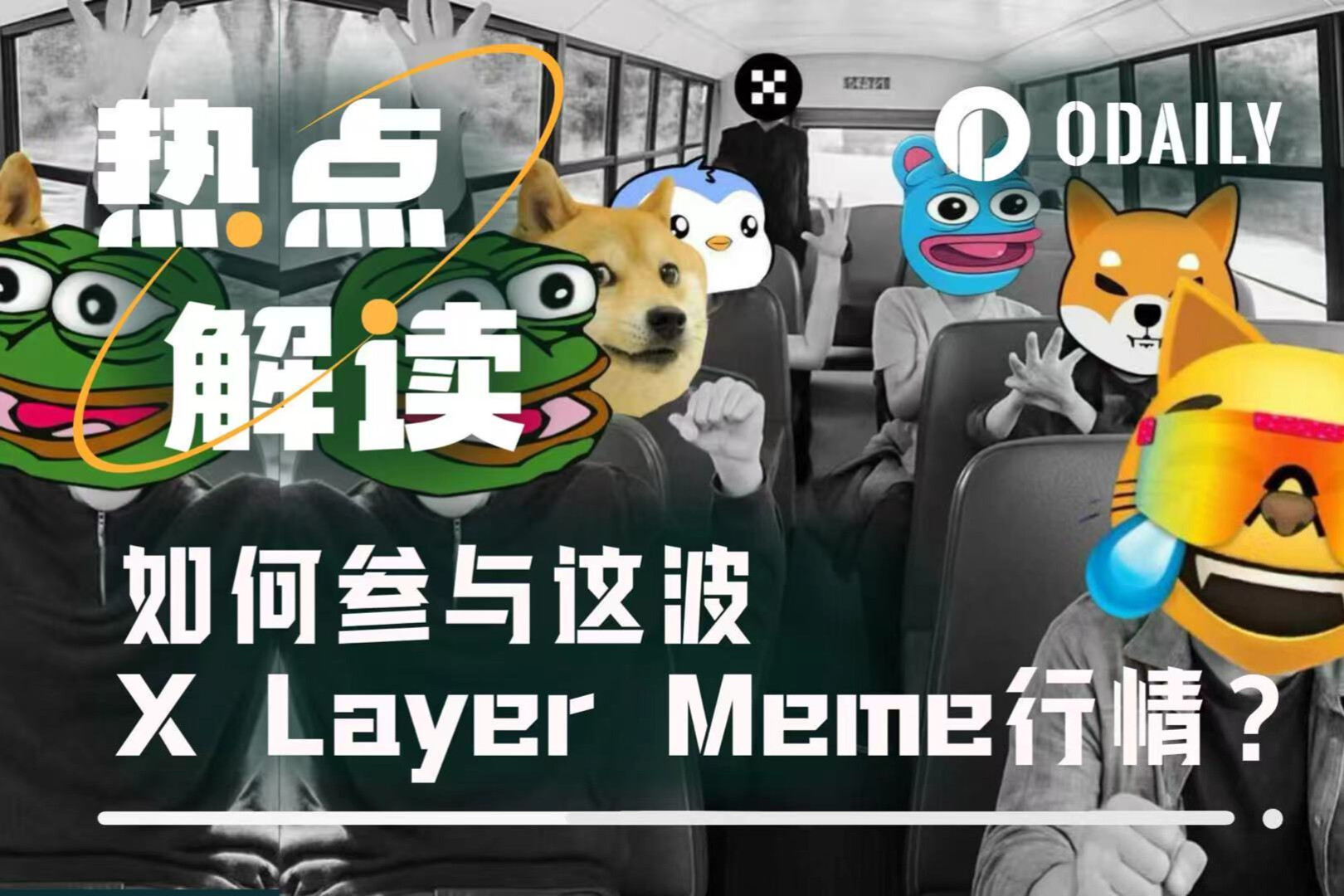Original Article by Dave White and Matt Liston
Original translation: Luffy, Foresight News
Imagine you discovered an unsigned band that was destined to be a huge hit. Instead of calling a record label, what if you could place your bet on them yourself?
The "Opportunity Market" introduced in this article is just such a private prediction market: people who discover opportunities can get rewards from people who take action.
Record labels, research labs, and venture capital firms all want to find the next big thing before their competitors. But those who spot opportunities first often lack access to institutional resources. Historically, both groups have lacked a smooth way to connect and close deals.
Prediction markets extract valid signals from dispersed participants by allowing them to invest real stakes. But if someone wants to make $1 million betting that "XYZ will become a hit," someone else has to bet $1 million that it won't. And no one wants to bet against thousands of "opportunities" they've never heard of.
The natural counterparties in such markets should be those who have the ability to take action: record companies, employers, funds, etc. But if they provide liquidity in public prediction markets, they are actually "subsidizing" information, which competitors can easily exploit.
Opportunity markets solve this problem by exposing market prices only to initiators.
A record company might offer $25,000 in liquidity for a bid like "We will sign artist XYZ in 2025." This "undifferentiated capital" is earned by any scout who acts early enough. When the label sees the bid price rise, it interprets it as an early signal to investigate the artist further. Prices and holdings are only made public after a "window of opportunity" (e.g., two weeks). This is like a decentralized scouting program, one in which anyone in the world can invest a real stake.
The practical challenge is that traders lack price or position feedback for extended periods, effectively operating blindly. The risk of self-trading is also significant. However, we believe there is value to be explored here, and the design space is vast.
Core Idea
Motivation
Imagine a music fan who discovers an unsigned artist destined for stardom. This fan possesses valuable information but lacks access to a record label, which could sign this artist. Or imagine a researcher who discovers a breakthrough in self-driving cars in an obscure paper but lacks the resources to commercialize it, while companies investing billions in research and development remain completely oblivious to the paper.
This pattern recurs across multiple sectors: shop owners spot trends before big brands, local suppliers identify promising businesses before investors do, and fans recognize athletic talent before the general public.
In each case, those on the front lines, with deep contextual expertise, possess information that is valuable to those with the resources to act. But there’s no mechanism to connect the two: those with the information can’t monetize their insights, and those with the resources miss out on opportunities.
This article focuses on opportunities that are resource-intensive to assess and act upon, are competitive, and are time-sensitive; therefore, knowing about them before others who are able to act can provide a significant advantage.
Existing mechanisms
Scouting programs offer a solution to this situation. They offer a small share of the revenue from discovering opportunities to a select group of people with contextual knowledge. However, these programs are limited by trust requirements and evaluation costs: organizations cannot scale beyond their ability to vet scouts and recommend content.
Prediction markets are a proven way to aggregate information from a broad, dispersed population. However, there's an incentive problem: if someone wants to profit significantly by betting on an artist's success, others must bear the corresponding losses. Market makers don't need to bet heavily on the failure of an artist they've never heard of. Even if institutions subsidize market liquidity to obtain information, common prediction markets today often provide this information as a "public good"—competitors can free-ride on these signals, ultimately eliminating their advantage. This is the core "information leakage" problem that opportunity markets aim to address.
Mechanism Design
Examples
This concept is most easily explained with an example. Let’s say a record company wants to build a decentralized talent scouting program using an opportunity marketplace.
They created a series of private prediction markets, each asking, "Will we sign artist X in 2025?" where X can be any artist. Anyone can create a new market for an artist not listed and include it in the list.
The “private” here means that only the originator (the record company) knows the market price at any given time. Some of the challenges involved are discussed below.
Record companies act as market makers, providing up to $25,000 in liquidity for each market, for example. They can promise to provide this amount of liquidity, or they can prove it in some way (such as running an automated market maker in a trusted execution environment (TEE)). "Undifferentiated funds" that scouts can win as long as they take action. As scouts become more confident in an opportunity, they will buy more shares, driving up the market price. When the price of an opportunity rises, the initiator (record company) will notice and investigate, and may sign the artist. If the contract is finally signed, the share will be cashed in, and the record company will pay an incentive of up to $25,000 for the decentralized scout.
Privacy Protection
For an opportunity market to work, only the initiator must be able to see the current price. If traders can immediately see the status of their orders, they can infer the market price through their trades.
Ultimately, however, traders need to know the status of their positions. The solution is to set an "opportunity window" (e.g., two weeks) after which traders will know whether their orders have been filled. This gives the initiator time to investigate potential opportunities before the information is made public.
There are various design options for this after the window period: making all prices and positions public; disclosing only individual positions to individual traders; implementing different rules for large and small orders, and so on. More complex systems might allow for "close sell" or "close buy" limit orders before positions are publicly disclosed, or even allow trading agents to operate without disclosing their current positions.
Market design details
Liquidity Supply
Markets can be based on either automated market makers or order books. In either case, liquidity is likely concentrated within a specific range. For example, the issuer might start providing liquidity at a 1% probability level (below which information has no real value) and stop providing liquidity at a 30% probability level (above which the market signal has limited additional value).
Unrestricted Markets and “Top N” Markets
For most opportunity types (like signing an artist), there's a limit to the number of actions a promoter can take within a given timeframe. Therefore, if traders are willing to trust a record label to honor a payment, the company simply needs to commit to honoring an unlimited number of markets like "Will we sign artist X in 2025?" and ensure that the aggregate liquidity across all markets doesn't exceed a threshold where it can honor even if too many artists are signed. For a more permissionless approach, markets can be fully collateralized using a "top-N" structure. For example, each market asking "Will XYZ be one of the first 10 artists we sign in 2025?" would require collateralization equal to 10 times the maximum liquidity, since only 10 of these markets will ultimately honor.
Limiting exploitative practices
The sponsor possesses both unique information about the state of the market and its own operational processes, which creates the risk of exploitation – for example, suggesting they will exploit opportunity X while simultaneously selling heavily in that market.
This problem is difficult to solve from a mechanism design perspective, and relies heavily on trust and reputation. Ultimately, only when the initiator demonstrates fairness over the long term will market participants be willing to participate in the market it initiates. Initiators can follow the following guidelines:
- Commit to never actively sell any market shares initiated by yourself;
- A commitment to either return all proceeds from Opportunity Market transactions to participating traders or use them as additional liquidity in future markets.
Running the opportunity market in a trusted execution environment (TEE) and making all trades public after the market settles can also provide a level of transparency and mitigate risk.
- 核心观点:机遇市场通过隐私机制连接信息发现者与行动者。
- 关键要素:
- 仅发起方可见实时价格,防信息泄露。
- 设置机遇窗口期,延迟公开交易信息。
- 机构提供流动性,激励早期发现者。
- 市场影响:提升资源匹配效率,催生新投资模式。
- 时效性标注:中期影响。



